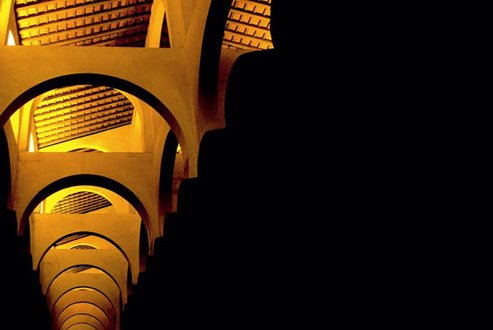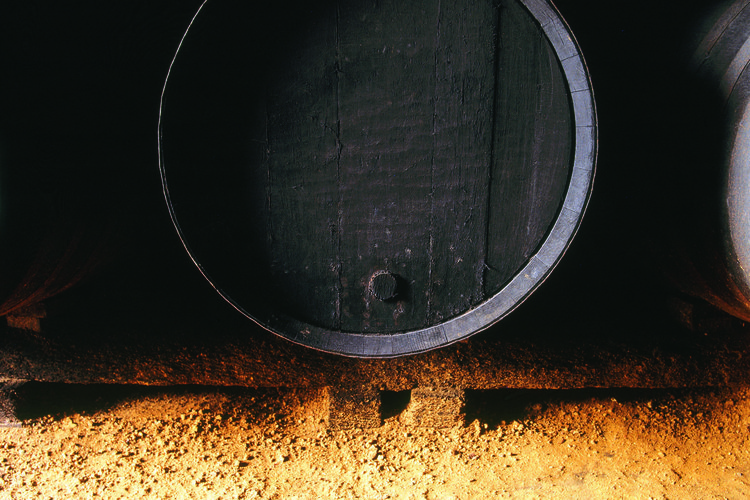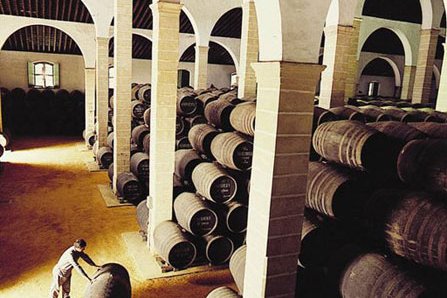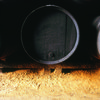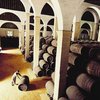For centuries a bodega was a building used to store wine until it could be sold. It needed to be out of the sun and cool but little more as it was wine of a vintage year and soon sold. Over time bodegas evolved from the warehouses of the Cargadores de índias, merchants who kept their stores for shipment to the Americas on the ground floor while living above, through converted religious buildings, to the huge edifices we see today.
Most wine regions have traditionally aged wine in cellars, but that is not practical here for many reasons, the principal ones being that the highest of the Sherry towns is Jerez at just 53m above sea level, and that Sherry needs more air than cellars can provide. In the past bodegas were close to the quaysides of Cádiz, Sanlúcar and El Puerto de Santa María mainly for ease of shipping.
By about the end of the XVIII and beginning of the XIX centuries exports were rising dramatically and two events would transform bodega design: the adoption of the solera system and the acceptance of Fino as a serious wine. The first half of the XIX century saw the construction of many of the great “cathedral” style bodegas we see today, and they were built very scientifically: there is much more to them than simply size, if that wasn’t impressive enough.
It was realised that Fino’s aerobic flor yeast needed huge amounts of air - about 18 cubic metres per butt, a stable temperature - ideally about 18ᴼ and a relative humidity of over 70%. The site, altitude and orientation are therefore very carefully chosen so that the cooler moist west wind can pass through, pushing out warm air. A north-east to south-west axis is best for minimum exposure to the sun and maximum exposure to the winds. The floor is made from “albero” a rough sandy clay soil (also used in bullrings) to absorb humidity, and which is kept moist by spraying with water. This helps the flor and reduces transpiration losses.
The windows are shaped and positioned to keep out the sun and have esparto curtains which when moistened, cool the air as it enters. The roof is very high providing airspace and also keeping warmer air above the butts. It has a double slope and is covered with curved Arab tiles over brick for insulation and maximum deflection of the sun. Thick walls support the roof and provide insulation, and are painted white to reflect the heat.
Butts are positioned carefully, if possible away from doorways, but always with biological wines in the cooler bottom rows and oxitative wines above. Nothing has been left to chance: a complete eco-system has been developed which is different in every bodega and in all three Sherry towns, each with their distinct microclimates.
Here’s to the wine ageing machines - with no mechanism – which help make Sherry the wonderful drink it is.
